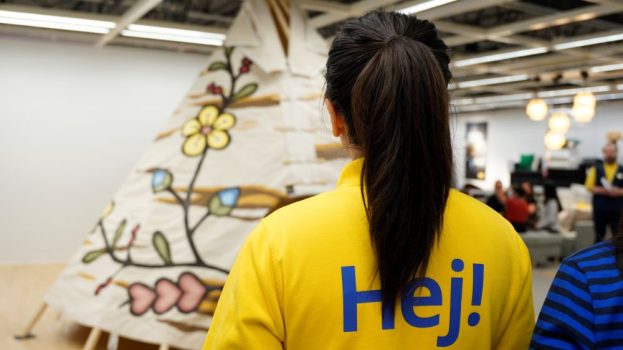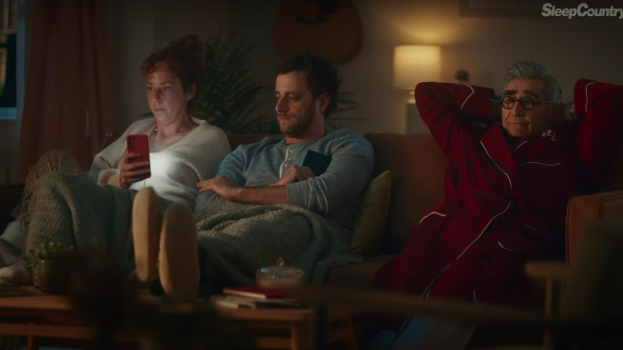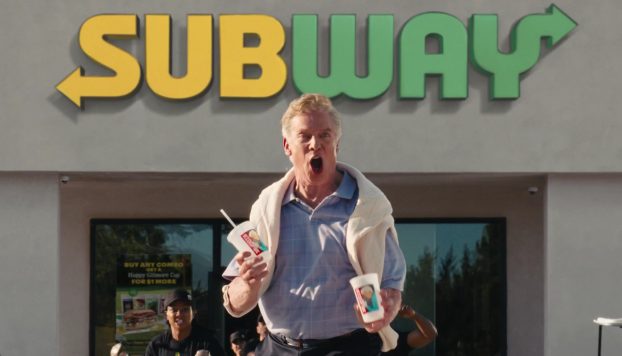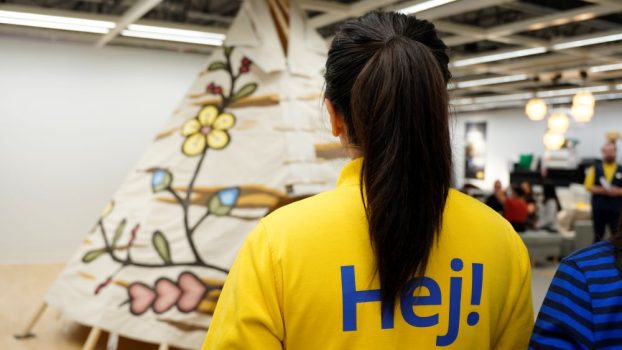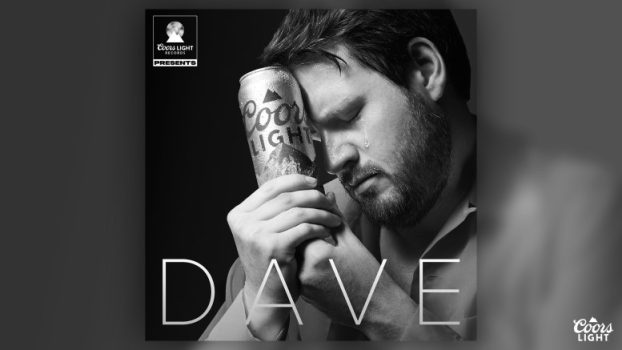Physical retail may be in dire straits, but as its name suggests, live shopping is very much alive and well.
“Live shopping” integrates live streamed video and ecommerce, and it is becoming big business in Asia, with Shanghai department store operator Bailian Group reporting strong TikTok sales.
Closer to home, Montreal-based Livescale launched for North American Shopify merchants ready to hop aboard the live shopping train, a space heretofore primarily tapped by cosmetics brands replicating demos that would usually take place in-store (or perhaps on The Shopping Channel).
It is offering merchants a 30-day free trial to use its white label service, its largest market launch.
Geoffroy Robin, chief sales and marketing officer and partner at Livescale, says the partnership makes strategic sense, as Shopify has a lot of SMEs, but more importantly, the merchants are mostly digital native brands who are usually familiar with live video and are looking for ways to engage with their audiences. Livescale also integrates with Salesforce Commerce Cloud, an online solution for customer relationship management, and more integrations are to come.
According to Robin, the live shopping phenomenon started in China after the SARS pandemic, and this change in user consumption has only kept increasing since then, citing stats that show last year, 9% of the Chinese e-commerce revenue was done through live shopping, a 71% year-over-year growth.
“In North America, with a 146% e-commerce growth in Q1 2020, we see a similar new usage emerging in the realm of live shopping,” Robin says. Livescale boasts a nearly 10% conversion rate, which Robin attributes to integrated checkout, though he says it does depend on the quality of the content created and promotion.
Live shopping isn’t just a way to add a commerce element to the live streamed events that have become more and more popular since the beginning of the pandemic. He adds that more people than ever are buying online, and brands are jumping into live shopping to directly connect and engage with their customers and nurture important customer relationships during that process. Even if things return to some semblance of normal, Robin says live shopping is here to stay.
The need for brands to be more and more in control of their relationship with their customers is not something new, Robin notes, citing Ikea and Nike’s departure from Amazon. The advantage of Livescale, Robin says, is that clients get the ownership of all the data generated during the event, and that it gives them a full control of the experience, such as chat moderation.
He stresses live shopping is not about making a binary choice between offline or online, but two approaches that can work together well as shops start reopening.
“The products in the cosmetics and beauty industry are a perfect fit for live shopping: usually lower price points, consisting mainly of aspirational products, and with features that can easily be demonstrated,” Robin says. Things like AR (another platform cosmetic brands have been keen to experiment with) is more of a personal experience, with less engagement, discussion and influencer brand love.
He says that it is not just cosmetic brands, however, that see a benefit to live shopping, with Livescale seeing activity from electronics, fashion, grocery and food products. For example, in September, a new client will be using live shopping to cook and sell products at the same time, and is in discussions with brands willing to do some virtual math lessons to sell books and trainings at the same time.
The audience can extend to a broad base of consumers, Robin says, because the process is so intuitive, and the live shopping resonates both with younger audiences that know the process of e-commerce and an older ones that is now more at ease with home shopping.



